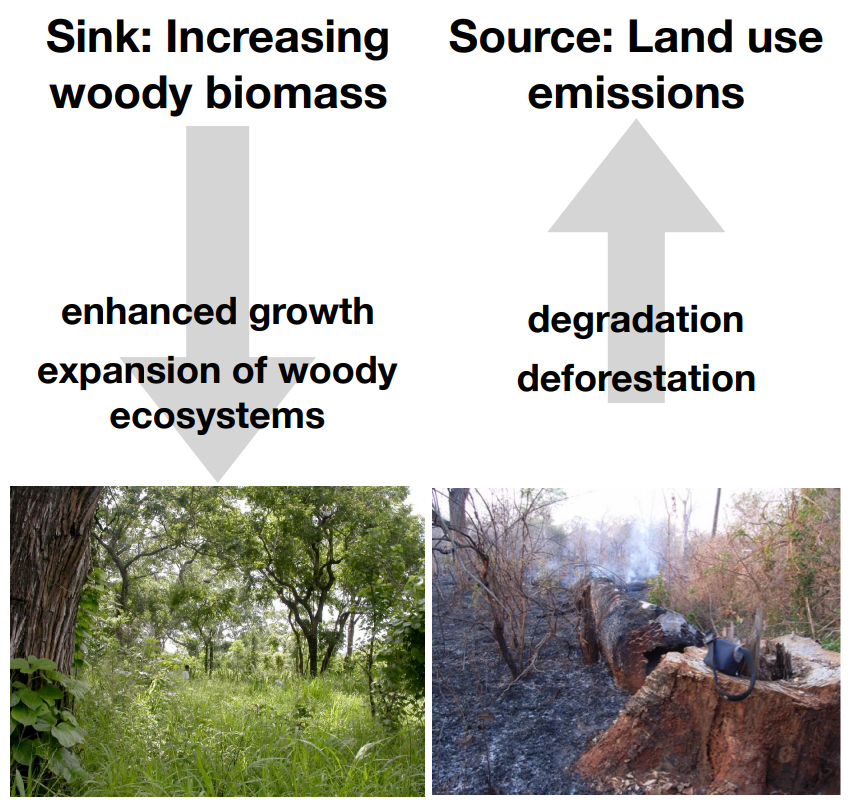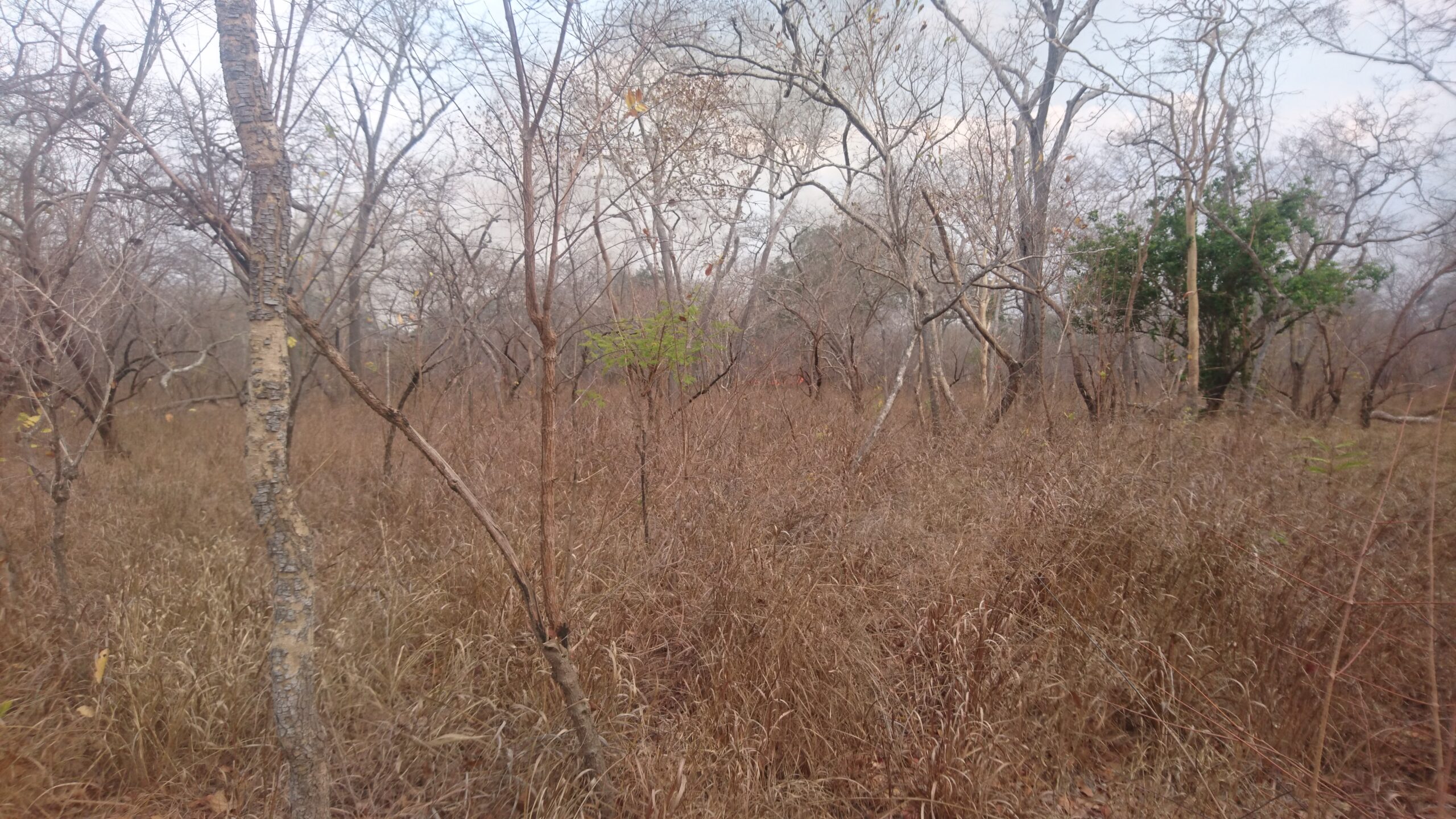Savannas, woodlands and dry forests together are the largest land cover in the tropics, occupying more land area than rainforests globally. The dry tropics harbour a unique and ancient biodiversity and are home to more than 1 billion people. These ecosystems are in flux: the dry tropics are both a source of global carbon emissions due to deforestation and forest degradation, and a carbon sink due to enhanced growth of trees and woody ecosystem expansion.

The dry tropics therefore both mitigate and exacerbate climate change. However, both of these processes are poorly understood, in terms of their magnitude and causes, and the net carbon balance and its future remain unclear.
There is currently no systematic network of observations of vegetation change in the dry tropics, and so we have not, until now, been able to use observations of how things are changing to understand the processes involved and to test key theories. SECO will change this. In SECO we are creating a network of over 600 field plots to understand how the vegetation of the dry tropics is changing and complement this with radar remote sensing to quantify how the carbon cycle of the dry tropics has changed over the last 15 years. This will provide the first estimates of key carbon fluxes across all of the dry tropics, including the amount of carbon being released by forest degradation and deforestation and how much carbon is being taken up by the intact vegetation in the region.
We will use these new data to improve the way we model the carbon cycle of the dry tropics, and test key theories. The improved understanding, formalised into a model, will be used to examine how the dry tropics will respond to climate change, land use change and the effects of increasing atmospheric CO2. We will then be able to understand whether the vegetation of the dry tropics will mitigate or exacerbate climate change, and we will learn what we need to do to maintain the structure of the dry tropics and preserve its biodiversity. SECO will therefore allow us to understand how the vegetation of the dry tropics is changing, and the implications of this for the global carbon cycle, the ecology of savannas and dry forests, and efforts to reduce climate change. The data we create, and the analyses we conduct will be useful to other researchers developing methods to monitor vegetation from satellites, and also to those who model the response of different ecosystems to climate and other changes. Forest managers, ecologists and development practitioners can use the data to understand which parts of the world’s savannas and dry forests are changing most, and how these changes might be managed to avoid negative impacts that threaten biodiversity and the livelihoods of the 1 billion, mostly poor, rural people who live in this region.

